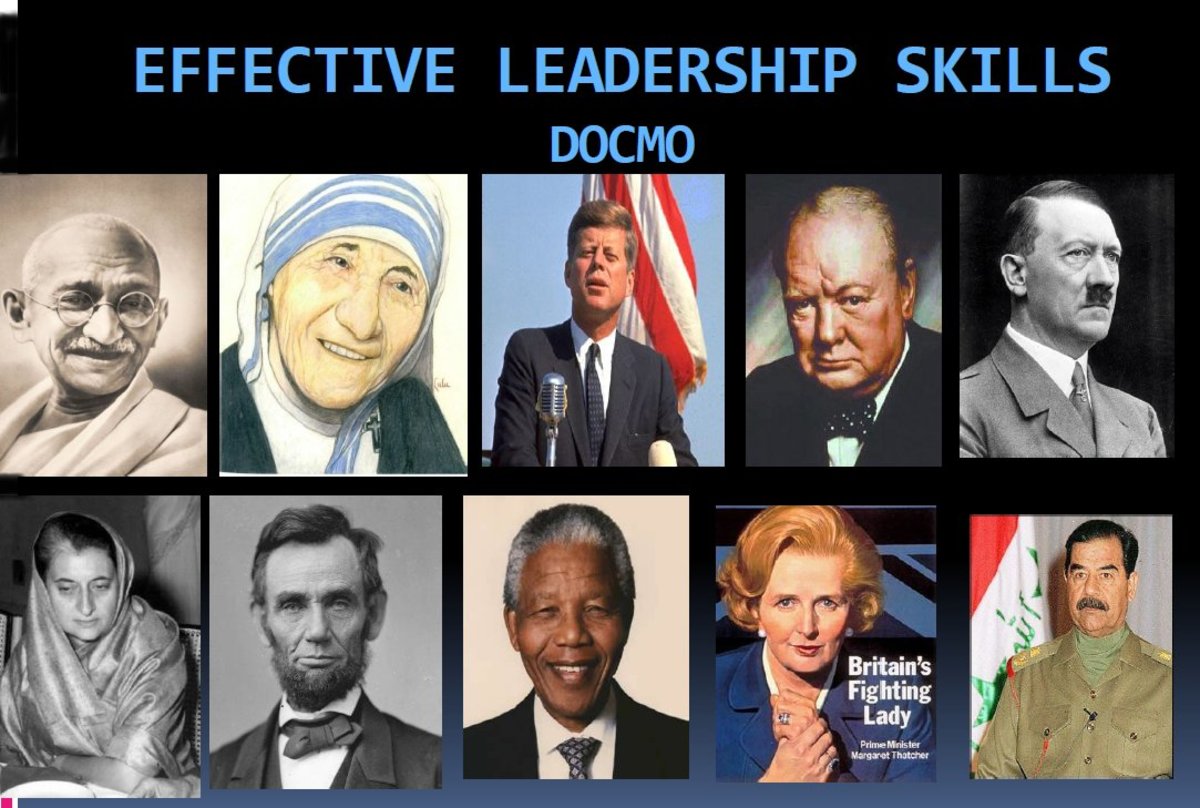How to Write a Letter of Inquiry/Letter of Intent to a Funder
Writing a letter of inquiry to a foundation is an important step in the grant solicitation process. Non-profit organizations are often encouraged to send letters of inquiries to funding organizations when further clarification on their eligibility is required. In addition, funders may issue requests for letters of inquiries to select non-profits as a means of gleaning brief information on the nature of their programs/projects.
Prior to writing a letter of inquiry, it is prudent for the writer to visit the website of the funding organization of choice. The information gleaned will contribute to the development of a compelling narrative. Typically, letters of inquiries are between 2-3 pages and follow the format indicated below:
1). Introduction
In the introductory phase of the letter, a brief description of the non-profit ought to be indicated. Additional information such as the year the non-profit was funded and the number of years the non-profit has been in existence should be indicated.
2). Body
The body of the letter of inquiry should clearly convey the problems/issues facing the non-profits’ community. Thereafter, the non-profits proposed solution ought to be highlighted. The proposed solution, which is reflective of the project that the non-profit has designed, indicates a need for the program in the community.
Furthermore, it is crucial to state the amount of money that the non-profit hopes to be awarded by the funder. The non-profit should also offer a summarized account on the impact of previously funded program(s) on the community.
Once the proposed project is in alignment with the funding organization’s mission and the track record of the non-profit is highlighted, the likelihood of an in-depth proposal being requested from the non-profit increases.
3. Conclusion
The final phase of the letter of inquiry calls for reiteration of salient points made during the introduction and the body of the letter. The mission of the non-profit, along with the proposed project and budget should be highlighted. In addition, the impact that the community stands to gain from the proposed project ought to be stated briefly. Additional information such as the contact information for the point of contact of the non-profit should be indicated. Once the letter of inquiry is written, it can be delivered through an appropriate medium stated by the funder.
Funders have competing interests along with financial resources that must be disbursed judiciously. As a result, a compelling letter of inquiry that indicates the track record of the non-profit along with its alignment with the funding organization’s mission has a higher chance of being invited to send an in-depth proposal. A request for a lengthier proposal by a funder indicates an interest in the non-profits programs and consequently, an increased likelihood of receiving funding for proposed programs.
Reference:
Robert J. Hamper, L. Sue Baugh (2010). Handbook for Writing Proposals. Mc Graw-Hill Education.
© 2018 Sherita Brace





